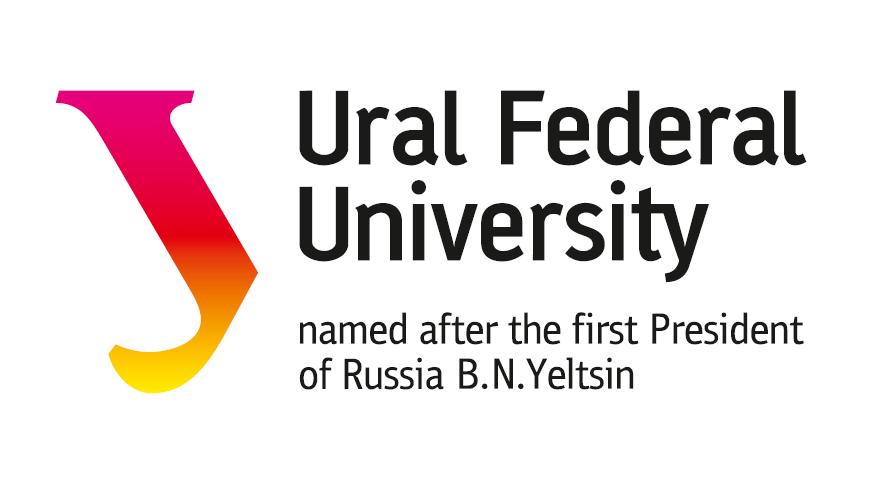Ural federal university: UrFU and Dresden TU Scientists Study Properties of Magnetic Elastomers
The study of magnetic elastomers can be an important step in the development of mechanical engineering, robotics and medicine. Illustration from the archive of Sofia Kantorovich.
A joint project of scientists from the Ural Federal University and Dresden Technical University (Germany) received support within the RFBR competition in 2021 for the best projects of fundamental scientific research. The Russian Foundation for Basic Research has allocated 5 million rubles per year for the study of magnetic elastomers.
“Magnetic elastomers are hybrid materials consisting of a rubber-like carrier interspersed with magnetic particles. Their structure can be compared to a raisin bun. Only instead of dough, there can be an elastic material, and raisins are magnets a few micrometers in size,” says the head of the Russian project group Sofya Kantorovich.
The particles in such systems can be of the most varied shapes and have different magnetic characteristics. This means that they can be both permanent magnets and magnetized in an external magnetic field. Micromagnets are able to attract and repel each other, depending on their location, orientation and external influences.
This means that magnetic elastomers can actively react to an external magnetic field, changing their shape, mechanical and magnetic properties. This kind of susceptibility to magnetic fields makes these materials very attractive for sensor development or medical applications.
“However, it is clear to anyone that mixing raisin dough is not always possible to achieve an even distribution of berries. So in magnetic elastomers – their internal structure is determined at the stage of synthesis: how quickly the carrier solidifies, which interactions are key. It is important to note that the microstructure of an elastomer is not always, or rather almost never, is not a realization of thermodynamic equilibrium, ”emphasizes Sofya Kantorovich.
The goal of the project is to develop analytical and computer modeling methods that will describe and predict the relationship between the synthesis method and the final magneto-mechanical properties of magnetic elastomers.
“The results of the analysis will make it possible to predict the size and topology of the structures that appear in soft magnetic composites, as well as the physical and mechanical properties of composites, depending on their internal composition and polymerization characteristics,” adds Sofya Kantorovich.
Given the amazing variety and complexity of magnetic elastomers, such a project would not be complete without experimentation and the creation of real materials. This will be done by scientists from the Dresden University of Technology. They will not only be able to validate the models, but they will also use them to systematically create magnetic elastomers with the desired properties.
“Magnetic elastomers can be used to create functional surfaces with controlled wettability and artificial muscles,” says Sofya Kantorovich. “They can also be used to produce highly efficient acceleration sensors, provided that we achieve a controlled response to an external magnetic field, understanding the relationship between synthesis, distribution of magnetic particles and magnetic elastic properties. These studies can find wide application in mechanical engineering, robotics, medicine.”

